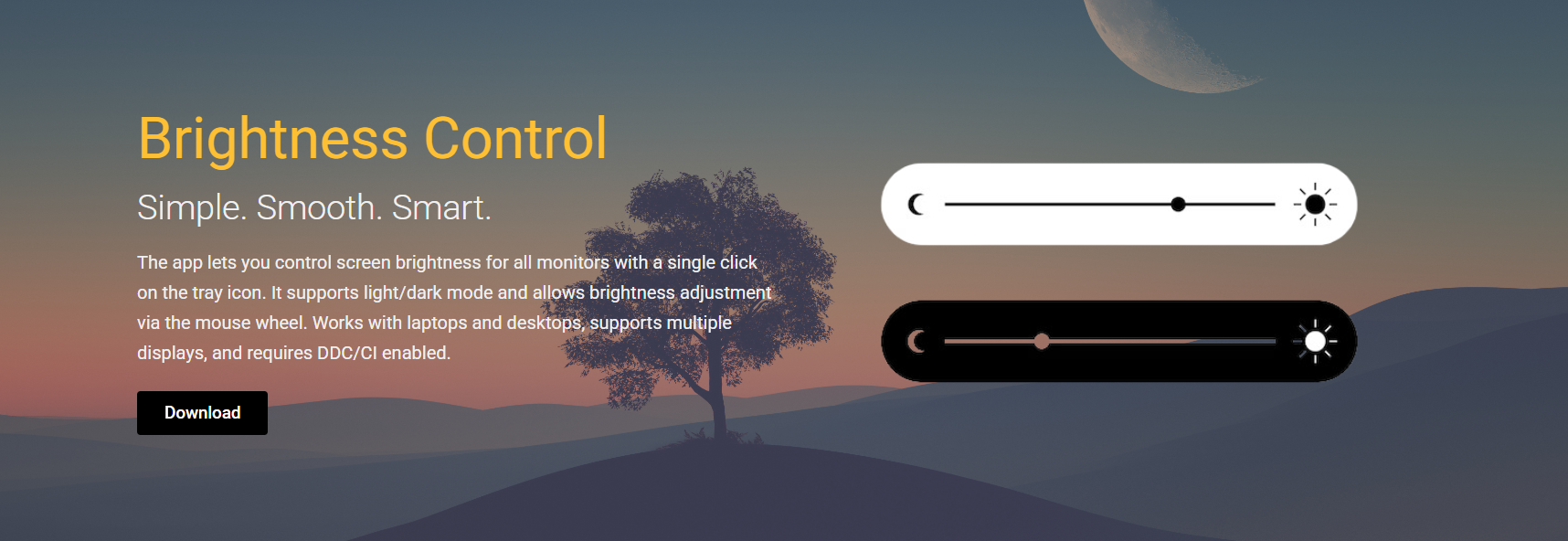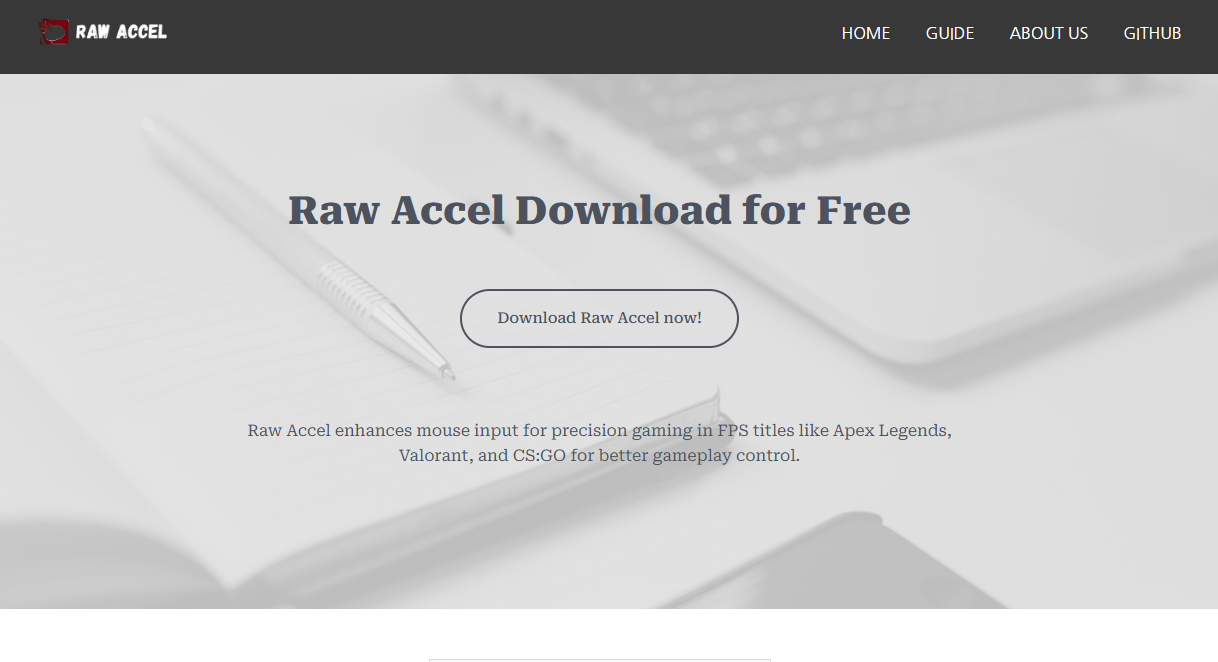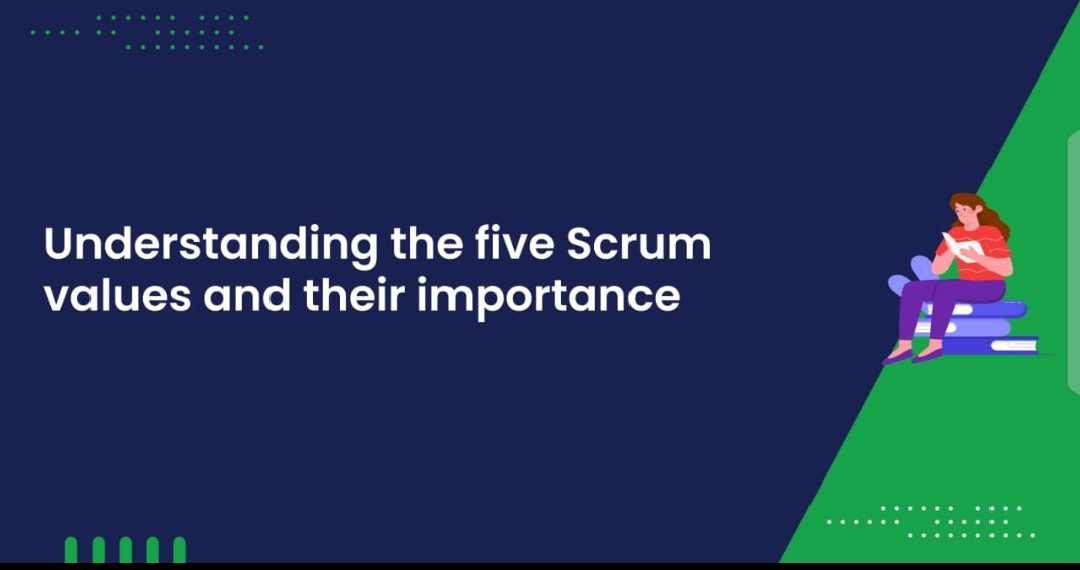The Welcome Wave: Crafting Engaging Onboarding Journeys on WhatsApp

The first moments after a customer signs up determine whether they stay or leave depending on the received service. WhatsApp onboarding has become the secret weapon for businesses looking to create meaningful connections right from the start. Smart companies understand that a well-crafted welcome experience can transform curious visitors into loyal customers who actually stick around.
Budget considerations often influence platform choices, and understanding Whatsapp API price structures helps businesses plan their onboarding strategy effectively. The investment in automated welcome flows typically pays for itself through reduced churn rates and higher customer lifetime value. Companies that skip this step often watch their acquisition costs skyrocket as users drop off without proper guidance.
Building Trust Through First Impressions
Instant Response Expectations: Modern consumers expect immediate acknowledgment when they join a service or make a purchase. WhatsApp onboarding messages satisfy this need by delivering personalized welcome content within seconds of signup. The platform’s familiar interface reduces friction and creates a comfortable environment for new users to engage with your brand.
Personal Connection From Day One: Generic email sequences feel cold and impersonal compared to WhatsApp’s conversational approach. New customers receive messages that feel like they’re coming from a real person rather than an automated system. This human touch builds trust faster than traditional onboarding methods and encourages users to continue their journey with your brand.
Reducing Abandonment Through Guidance: Many users abandon services because they feel overwhelmed or confused about next steps. WhatsApp onboarding provides clear direction through interactive messages that guide users step by step. The conversational format allows for natural progression without overwhelming newcomers with too much information at once.
Designing Interactive Welcome Sequences
Rich Media Integration: Welcome messages work best when they combine text with visual elements that capture attention and convey information quickly. Images, videos, and document attachments help explain complex concepts or showcase product benefits in ways that text alone cannot achieve. Users respond better to multimedia content that breaks up long blocks of text.
Quick Reply Implementation: Interactive buttons and quick replies turn passive message recipients into active participants in their onboarding journey. These elements allow users to express preferences, answer questions, or choose their path through the welcome sequence. The immediate feedback helps tailor subsequent messages to match individual needs and interests.
Progressive Information Delivery: Successful onboarding sequences reveal information gradually rather than dumping everything in the first message. Each interaction builds on the previous one, creating momentum and maintaining engagement throughout the process. This approach prevents information overload while ensuring users receive all necessary details to succeed.
Essential Elements of Welcome Flows
Account Setup Assistance: New users often struggle with account configuration and initial setup requirements that seem obvious to experienced customers. WhatsApp onboarding can walk them through password creation, profile completion, and preference settings using simple conversational prompts. This reduces support tickets and helps users reach their first success milestone faster.
Feature Discovery Tours: Many users never discover valuable features because they don’t know they exist or how to access them. Welcome sequences can highlight key functionality through interactive demonstrations and examples that show real-world applications. This education increases product adoption and helps justify the customer’s decision to choose your service.
Expectation Setting: Clear communication about what happens next prevents confusion and sets realistic timelines for various processes. Users appreciate knowing when to expect delivery, when accounts will be activated, or how long approval processes typically take. This transparency builds confidence and reduces anxiety about the unknown.
Personalization Strategies That Work
Segmentation Based Messaging: Different customer types require different onboarding approaches based on their goals, experience level, and intended use cases. E-commerce customers need different guidance than SaaS users, and first-time buyers require more hand-holding than returning customers. Tailored sequences speak directly to specific needs and concerns.
Behavioral Trigger Implementation: Smart onboarding systems respond to user actions or inaction with appropriate follow-up messages that keep the conversation relevant and timely. If someone doesn’t complete their profile, they receive gentle reminders with helpful tips. Active users might get advanced feature suggestions that match their engagement level.
Dynamic Content Adjustment: The best welcome flows adapt their messaging based on user responses and demonstrated preferences throughout the conversation. Rather than following rigid scripts, these systems branch into different paths based on how users interact with previous messages. This creates a more natural and useful experience for each individual.
Measuring Onboarding Success
Engagement Rate Tracking: The percentage of users who interact with onboarding messages reveals how compelling and relevant your welcome sequence actually is to new customers. Low engagement suggests messages aren’t resonating or arriving at the wrong time. High engagement indicates strong alignment between message content and user expectations.
Completion Rate Analysis: Tracking how many users complete the entire onboarding sequence identifies where people drop off and which steps create the most friction. This data helps optimize message timing, content, and call-to-action placement for better results. Small improvements in completion rates often translate to significant revenue increases.
Long-term Retention Correlation: The ultimate test of onboarding effectiveness is whether users who complete welcome sequences stay engaged longer than those who don’t. Measuring 30, 60, and 90-day retention rates for different onboarding cohorts reveals the true impact of your welcome efforts. Strong correlations justify investment in more sophisticated onboarding systems.
Common Implementation Mistakes
Information Overload: Many businesses try to cram too much information into their welcome sequence, overwhelming new users with details they don’t need immediately. The result is cognitive overload that causes people to disengage rather than take desired actions. Successful onboarding focuses on essential information needed for the next step only.
Poor Timing Choices: Sending welcome messages at inappropriate times reduces their effectiveness and can annoy recipients who aren’t ready to engage. Messages sent during business hours perform better than those delivered late at night or early morning. Understanding your audience’s schedule improves response rates significantly.
Lack of Clear Next Steps: Welcome messages that don’t provide specific guidance about what to do next leave users confused and likely to abandon the process. Every message should include clear instructions or options that move users closer to their goals. Vague suggestions don’t create the momentum needed for successful onboarding.
Advanced Onboarding Techniques
Multi-Channel Coordination: While WhatsApp serves as the primary onboarding channel, coordinating with email, in-app notifications, and SMS creates a comprehensive experience that reaches users wherever they’re most active. The key is ensuring consistent messaging across channels rather than duplicating efforts or creating conflicting instructions.
Progressive Profiling: Instead of asking for all user information upfront, successful onboarding sequences collect data gradually through natural conversation flow. Each interaction can request one or two additional details that help personalize future communications. This approach reduces initial friction while building comprehensive user profiles over time.
Feedback Loop Integration: Smart onboarding systems actively seek user feedback about the experience itself and adjust based on responses. Simple yes/no questions about message helpfulness or quick surveys about preferred communication frequency help optimize the process. Users appreciate when their input influences their experience.
Technical Implementation Considerations
The foundation of effective WhatsApp onboarding lies in choosing the right technical infrastructure that can handle message volume, timing, and personalization requirements reliably. Here are the key technical elements to consider:
- Message Template Management: Pre-approved templates ensure compliance while enabling quick deployment of new onboarding sequences
- User Data Integration: Connecting WhatsApp with existing customer databases allows for personalized messaging based on signup information
- Automation Rules: Setting up trigger-based messaging that responds to user actions or time delays without manual intervention
- Analytics Tracking: Implementing measurement tools that capture engagement metrics and conversion data for optimization purposes
Webhook Configuration: Real-time webhooks enable dynamic responses to user interactions that keep onboarding conversations feeling natural and responsive. These technical connections allow systems to branch conversations based on user replies, update customer records instantly, and trigger follow-up sequences. Proper webhook setup prevents delays that break the conversational flow.
Scalability Planning: Onboarding systems must handle sudden spikes in new user volume without breaking down or creating delays that frustrate customers. Load testing and capacity planning ensure that welcome messages arrive promptly even during promotional campaigns or viral growth periods. This reliability becomes crucial as businesses scale their customer acquisition efforts.
Security Protocol Adherence: WhatsApp Business API requires strict adherence to security standards that protect customer data and ensure message delivery. Proper authentication, encryption, and compliance with platform policies prevent account suspension and maintain user trust. These technical requirements aren’t optional for businesses serious about professional onboarding experiences.
ROI Optimization Strategies
Cost Per Acquisition Impact: Well-executed WhatsApp onboarding reduces the true cost of acquiring customers by increasing the percentage who become active users rather than churning immediately. Even modest improvements in activation rates can justify significant investment in onboarding automation. The math often shows ROI within the first month of implementation.
Customer Lifetime Value Extension: Users who complete structured onboarding sequences typically engage more deeply with products and services, leading to higher lifetime value than those who skip the process. The education and relationship building that happens during onboarding creates stickiness that extends beyond the initial experience. This long-term impact multiplies the value of onboarding investment.
Support Cost Reduction: Proactive onboarding that answers common questions and guides users through initial setup reduces the volume of support tickets significantly. The cost savings from fewer support interactions often exceeds the investment in automated onboarding systems. Users who understand products from day one require less ongoing assistance.
Conclusion
WhatsApp onboarding transforms the critical first moments of the customer relationship into opportunities for engagement, education, and retention that traditional methods simply cannot match. The combination of immediate delivery, interactive elements, and personalized messaging creates experiences that users actually want to complete rather than ignore. Smart businesses recognize that investing in sophisticated welcome sequences pays dividends through higher activation rates, reduced churn, and increased customer lifetime value that justifies the initial development costs.
Take action today by mapping your current onboarding process and identifying where WhatsApp automation can fill gaps or improve user experience. Start with a simple welcome sequence and gradually add interactive elements based on user feedback and engagement data.



